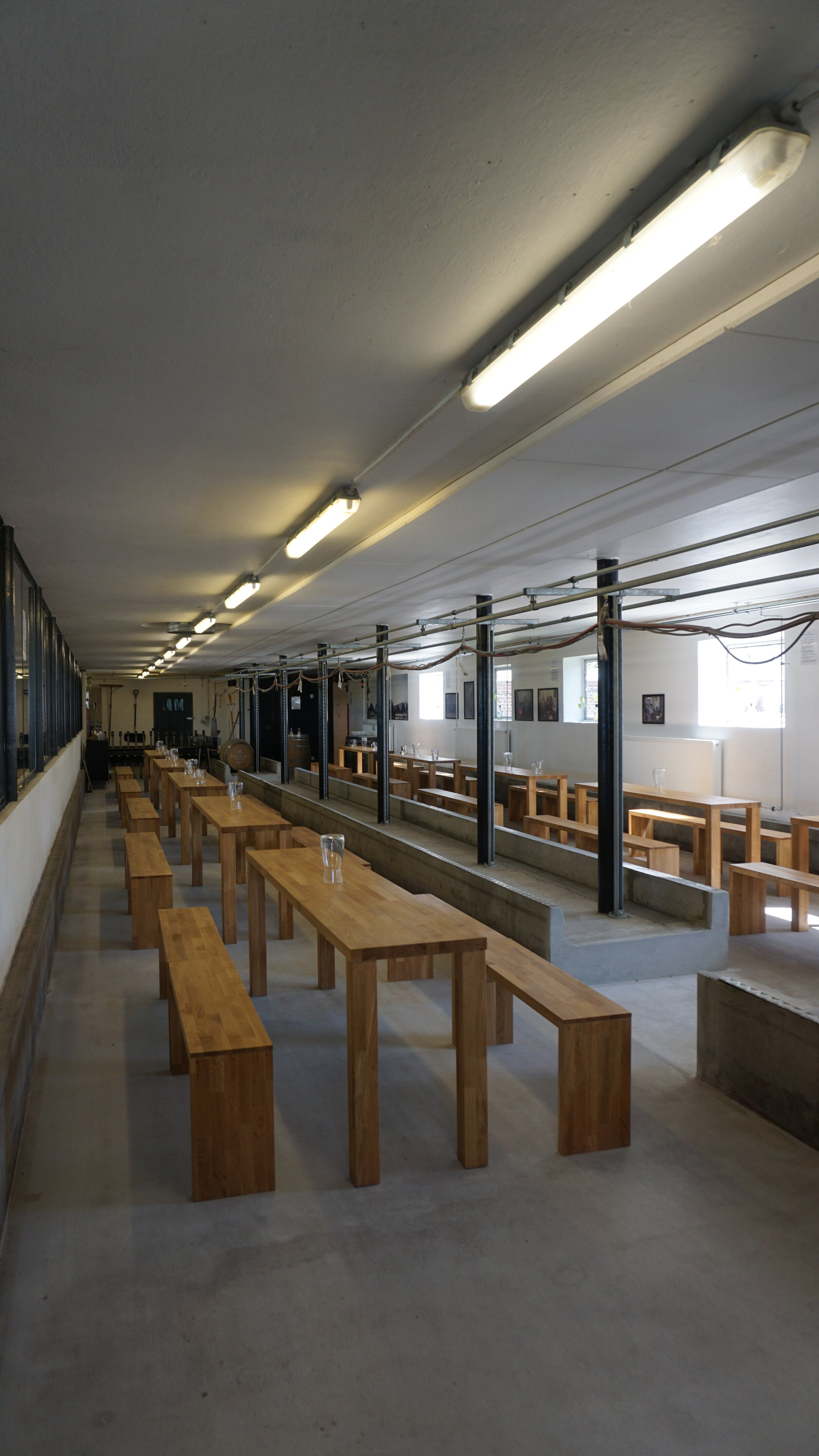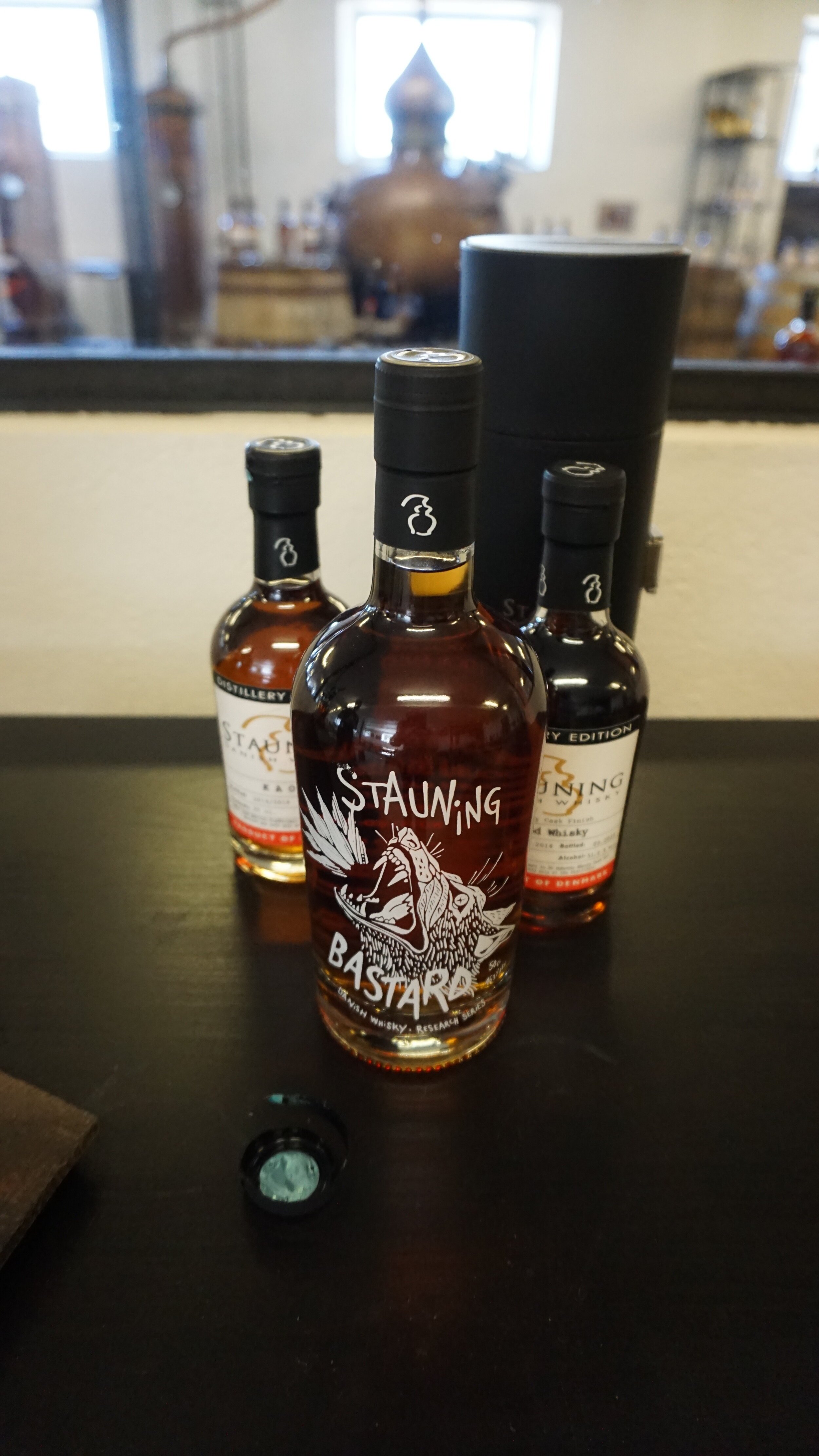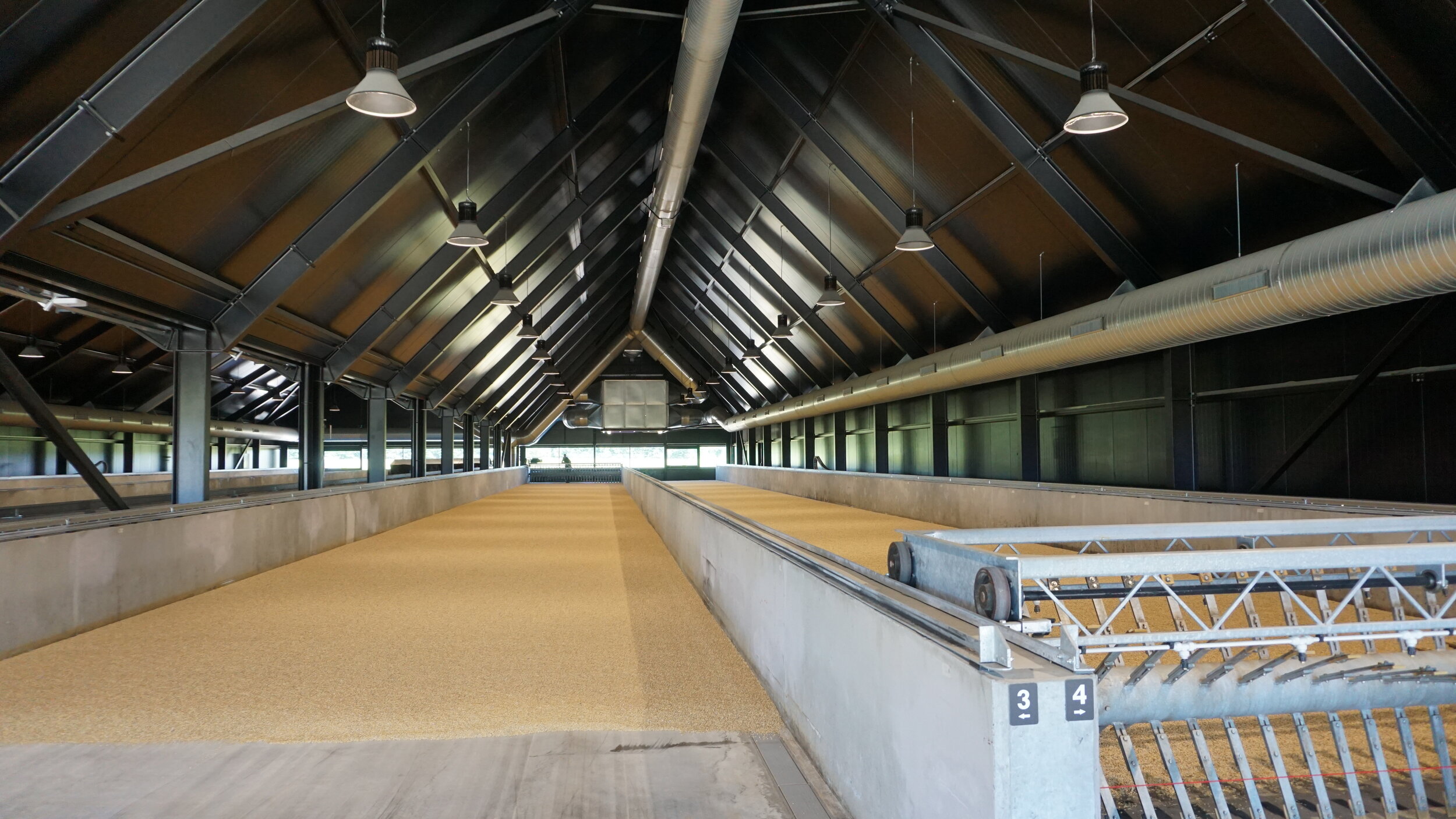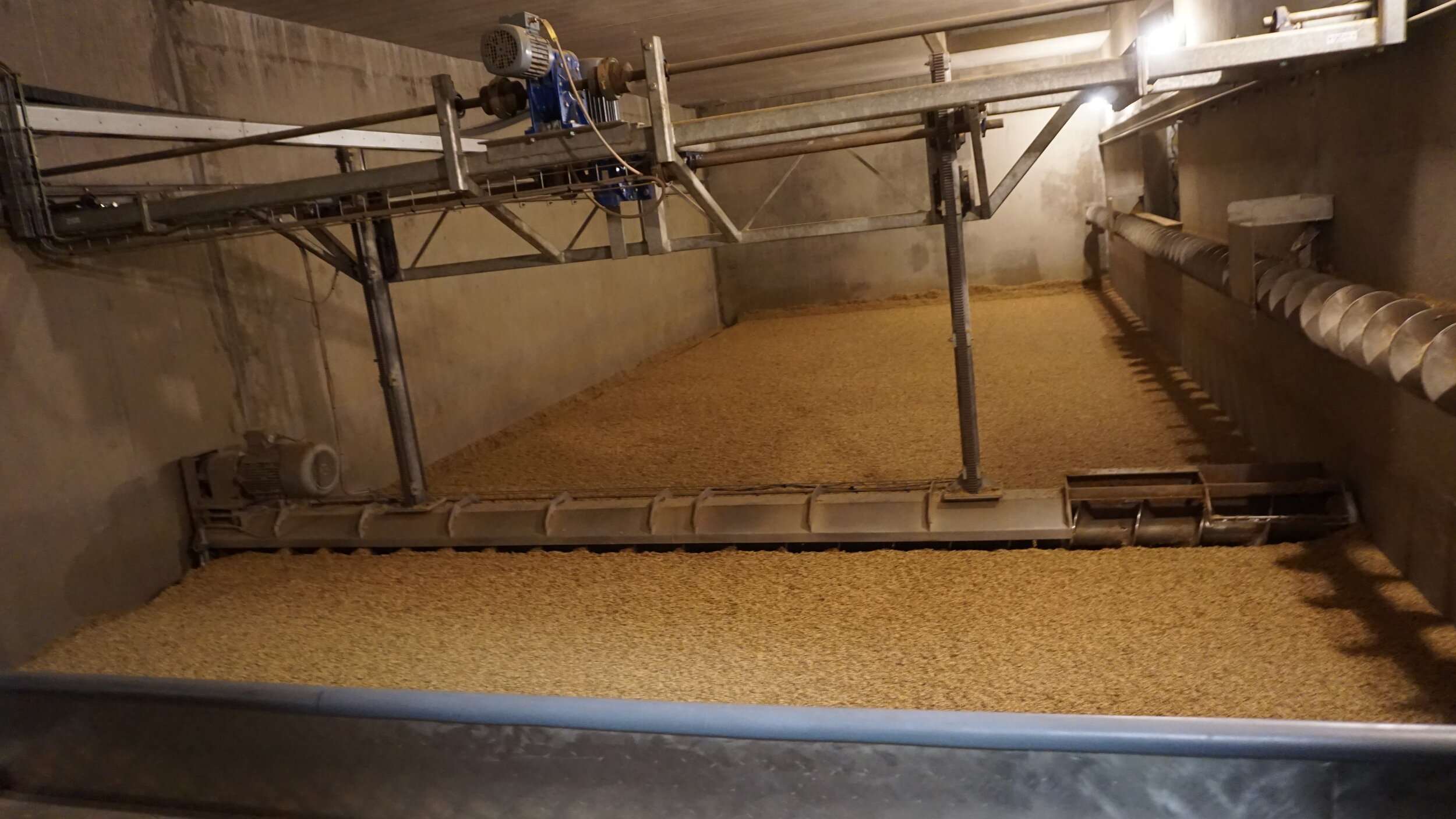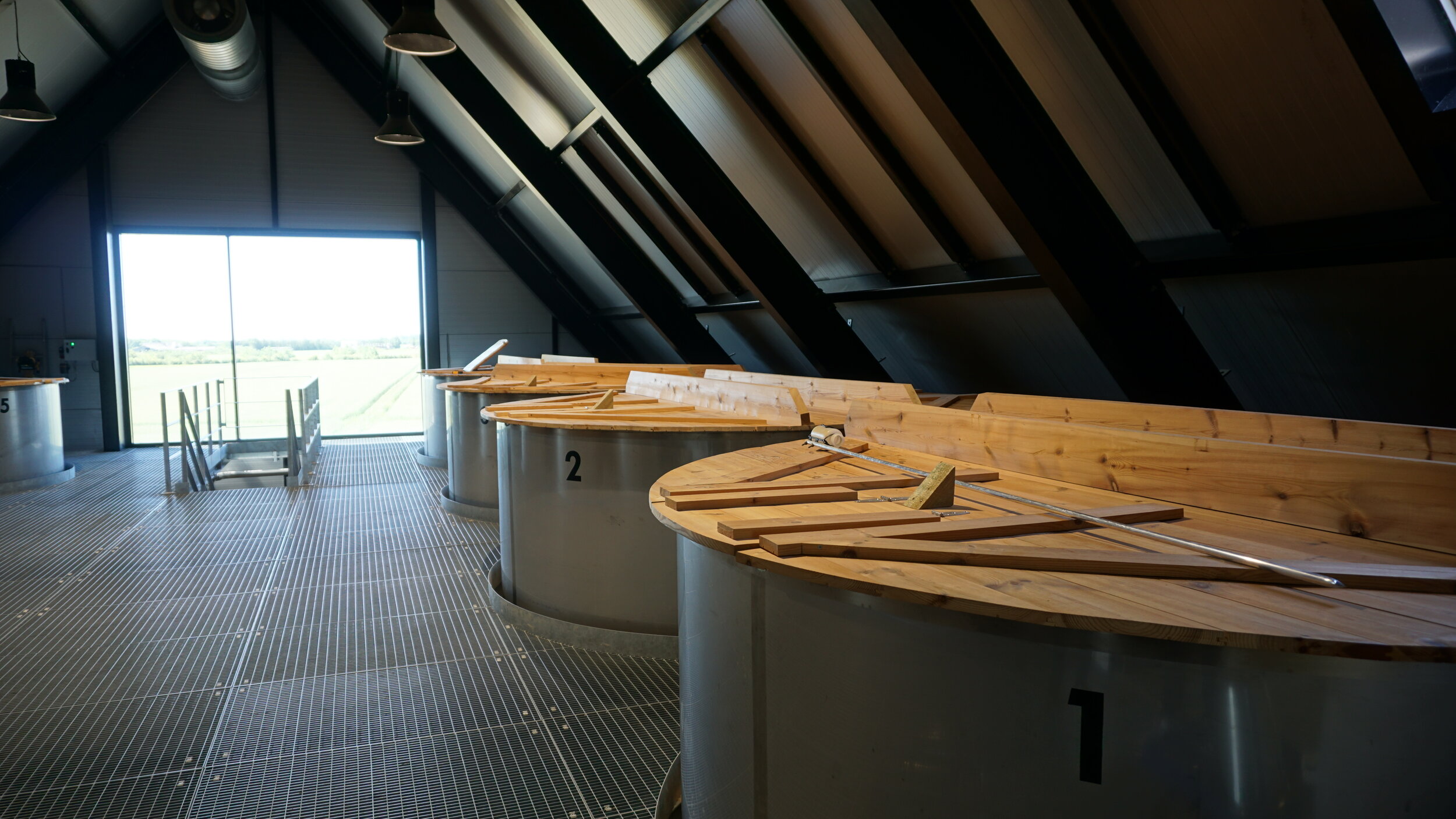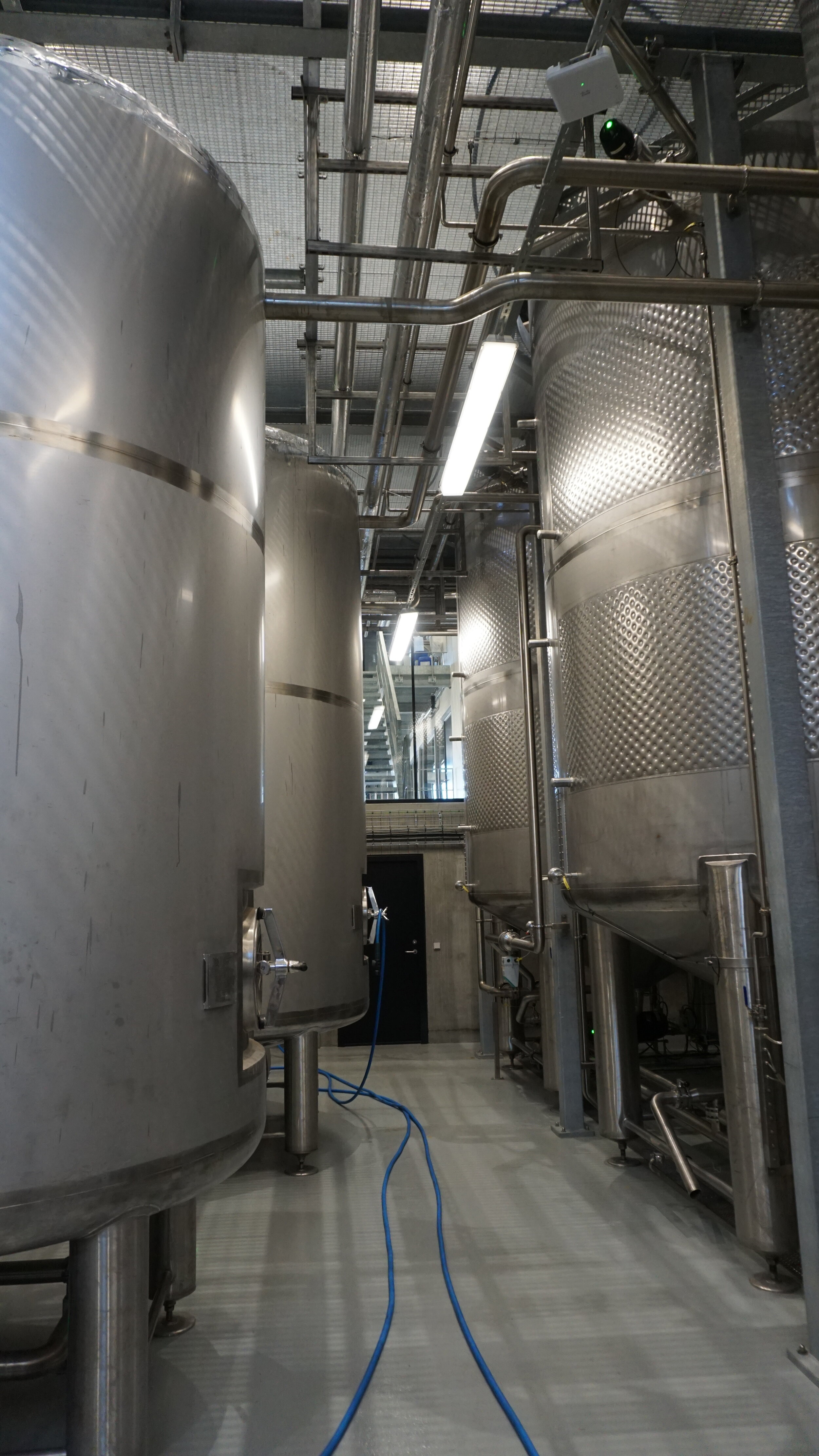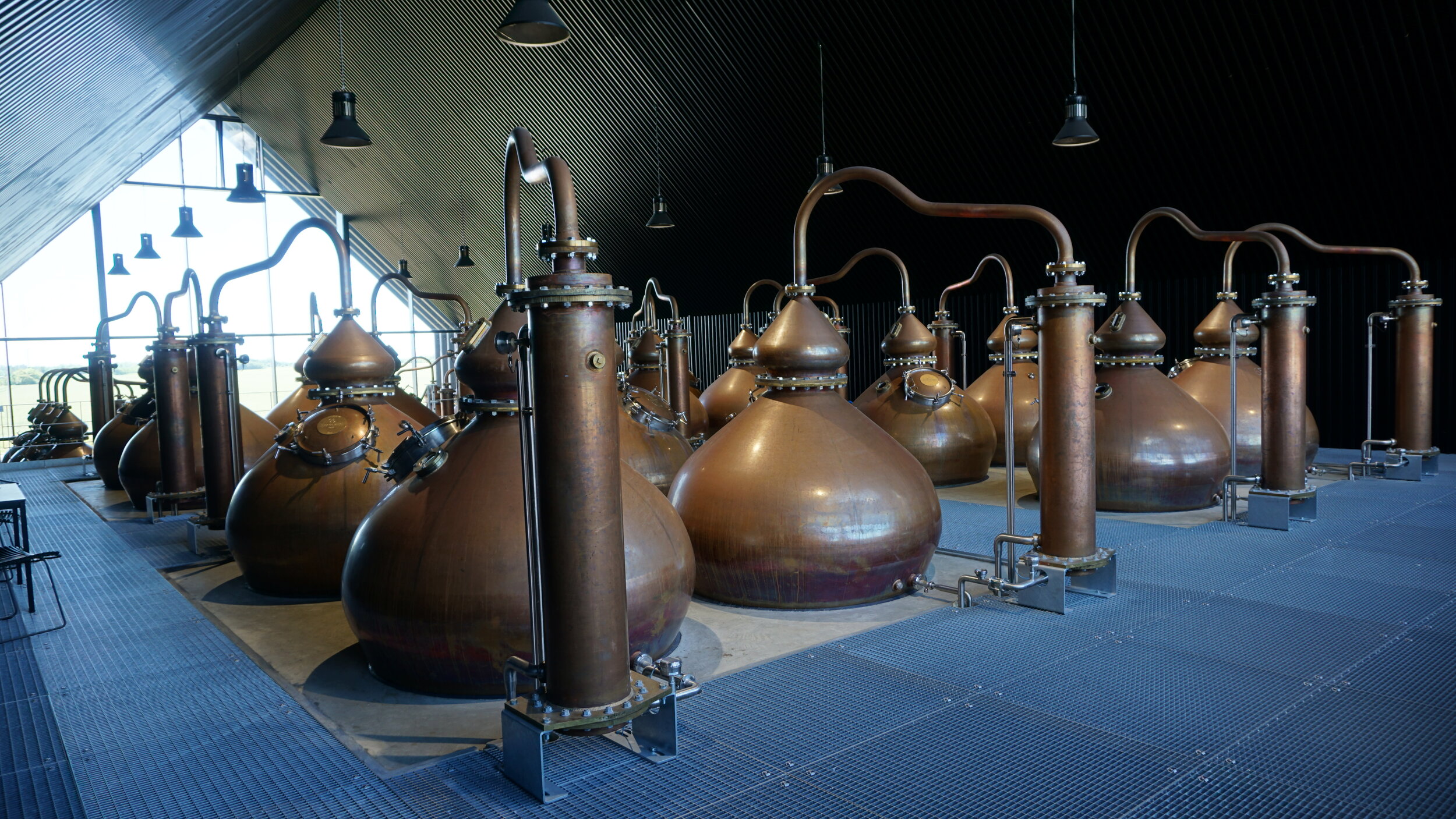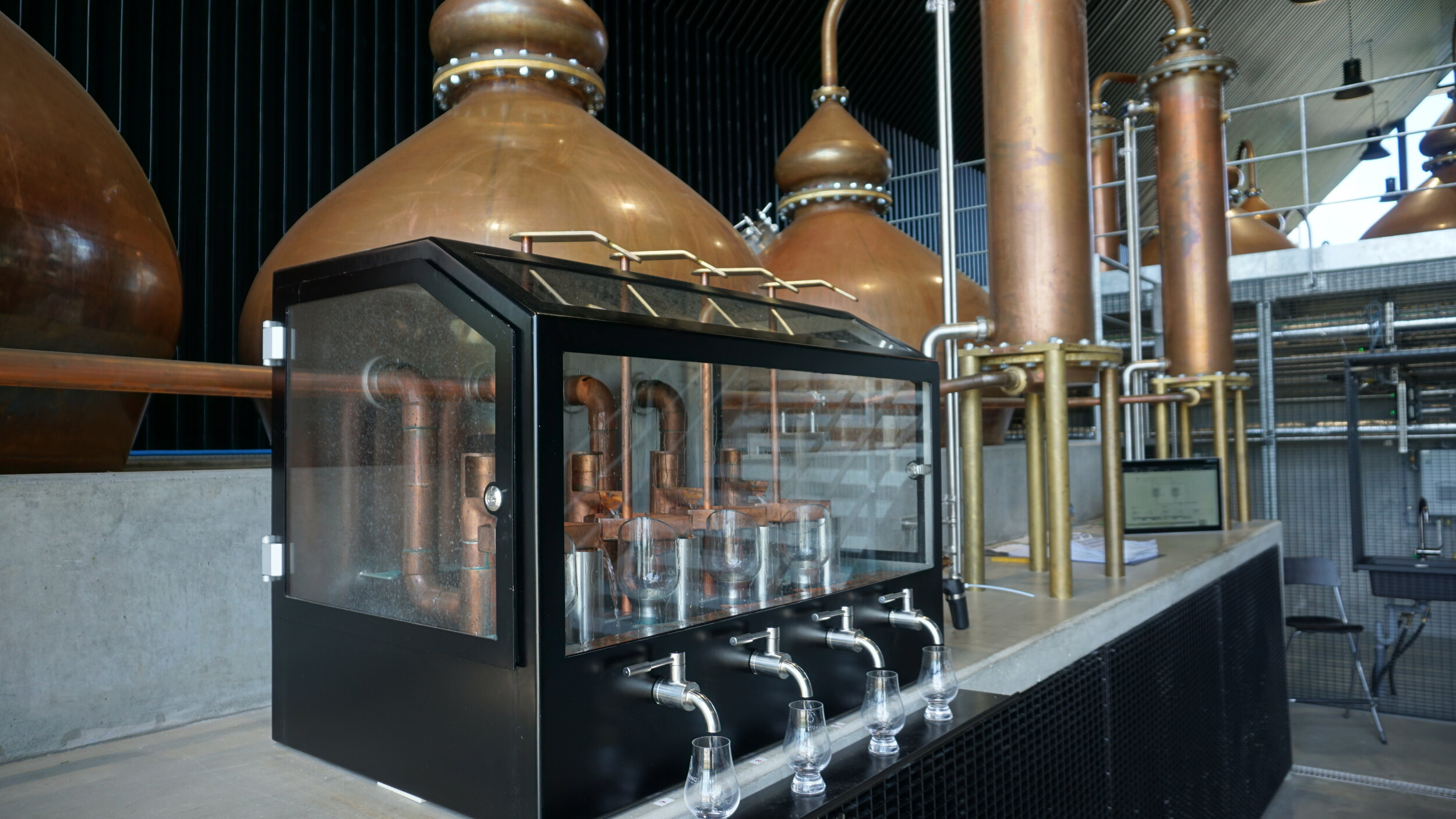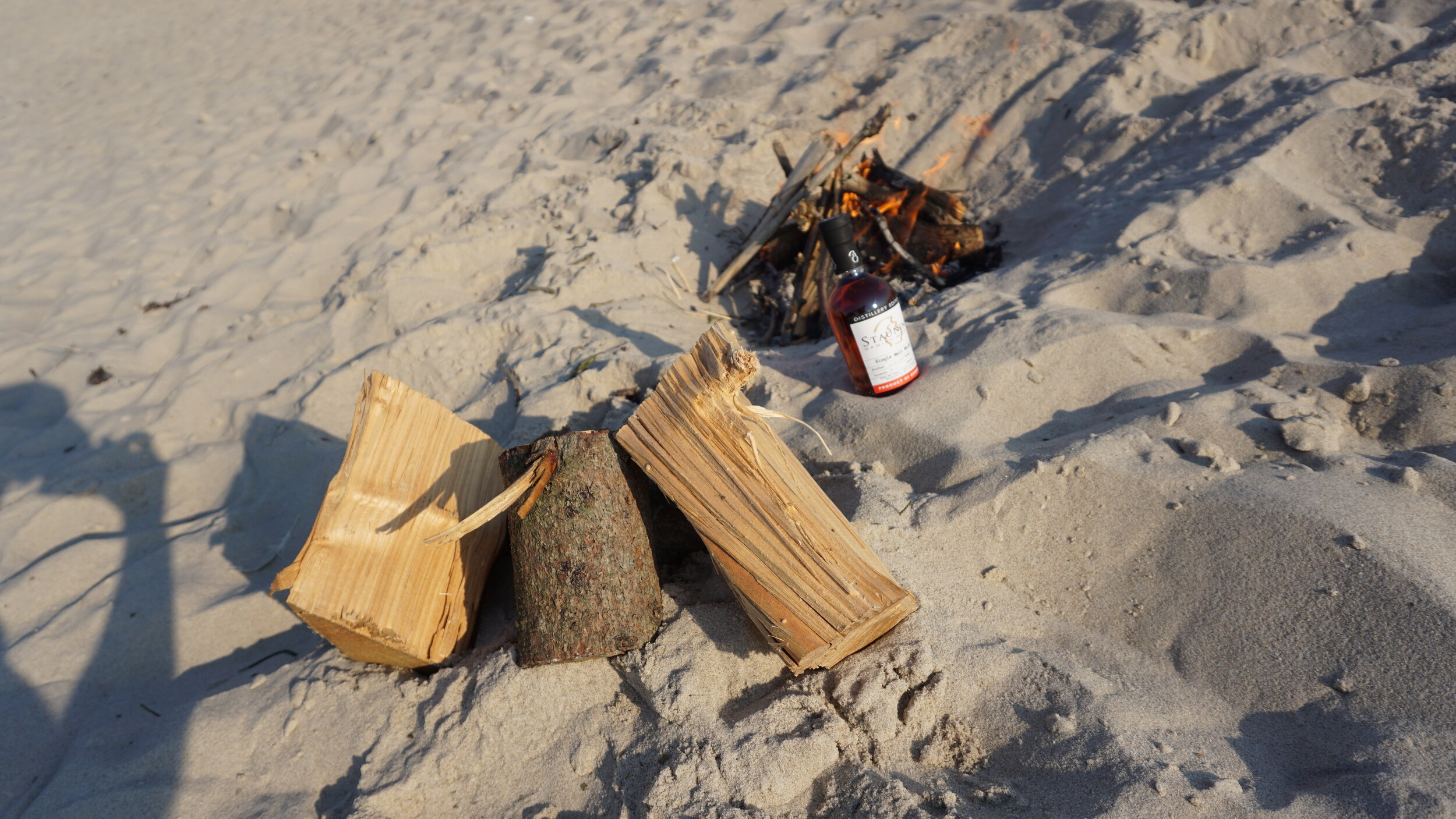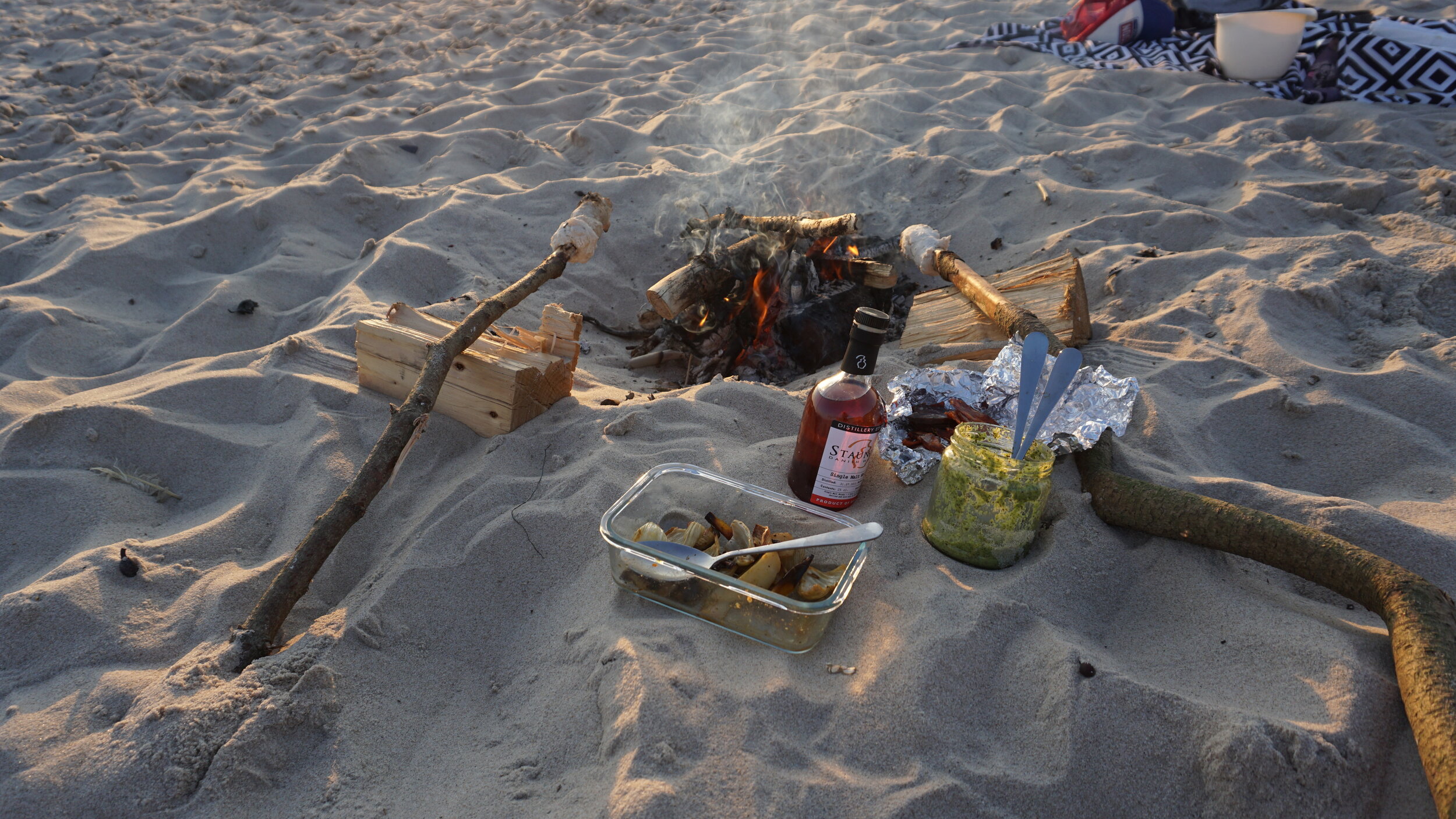The first time I visited the Ringkøbing Fjord in Denmark was in 2005 and my love affair with whisky was just starting. It is a very beautiful part of the world and it well worth visiting. I returned in 2018 and this time set my sights on visiting the small town of Stauning to see the already famous Danish distillery with the same name. It was a very good time to drop by as they had just received a large investment and had started building a very modern, yet very traditional distillery next to the old one. A very Scandinavian way to do things.
In July I got to visit them again and was delighted to spend some time with Alex and Stefan. Gone is the old distillery, it has become a welcome centre and tasting room. Some might say a pity. I don’t. The new distillery is impressive, very impressive - well thought out, architectural and pays homage to its roots and the local area. It’s huge compared to the old one but fits in perfectly with the surrounding villages and cuts a fantastic silhouette, breaking the space between the earth and the sky. Each building represents a step along the way towards the finished product. To the keen eye the whole distilling process is visible from the outside. Intake, malting, mashing, boiling, distilling, maturation and finished product.
Some facts & figures:
Stauning have chosen to do all parts of the production themselves so it only makes sense to make this visible too. Malting takes place in the form of floor malting using grain they’ve been able to source locally. They’ve developed a one of a kind system for this. At the moment they use mainly barley and rye. On a side note rye is without a doubt my favourite grain for distilling, I love the flavour profile it generates., probably going to pour myself a glass soon…. After that the malt is dried in a kiln using hot air blown from below. For it to be a smoky whisky, the grain is dried with warm, smoky air from the burning of peat supplied by a Klosterlund Museum and heather which is also sourced locally.
2009-2012 the distillery produced 6000 litres of new spirit a year.
2012 the production was more than doubled to 15.000 litres a year.
2015 the distillery announced their plans for an expansion of the distillery capacity to 900.000 litres.
They have have 24 handmade copper pot stills (16 wash and 8 spirit) and they are all gas fired! For the nerds here you’ll know that this isn’t so common any more and there aren’t that many companies around who’ll produce these for you. In fact Alex told me that the company who built them (Abercrombie) had to ask some ex-employees to come out of retirement to help them with the design. The knowledge had been lost over the year and at the end of the day, still building isn’t a trade but a mix of craft and artistry.
Stefan showed me round the barrel houses and let me in on the best kept secret in the whisky world. Watch the video linked to this article to see what I’m talking about. This guy is the definition of learning by doing. His methods work like this: “I’ve got an idea. I think it’ll work. Yes it did!” or “I’ve got an idea. I think it’ll work. No it didn’t but if I do this, and then do this and then try this I can save the soup.” Mostly turns out better than the original idea. He is the keeper of exceptional cask experiments. I see a lot of similarities between him and a chef. Very little science, definitely a method, a good gut feeling and some fantastic “ingredients” to work with. His commitment doesn’t hurt either. Keep your eyes peeled there’s some great stuff coming soon.
Alex, one of the founders, walked me through the distillery and as always I felt like a guest being welcomed to his home. He’s proud of his distillery and everything they’ve achieved. He should be too, they’ve gone from farmhouse to world level in a very short time with zero loss of quality. The opposite is true in fact, everything I tasted was better. The site is fantastic, and the whisky they produce is too. I enjoy going there so much because I feel like we’re on the same wavelength: there’s loads we’d like to see change in the whisky world to avoid the most fantastic drink becoming redundant. Whisky can’t stay the same as it’s always been, it needs to evolve to please true fans and bring new blood to the table. Stauning takes traditional methods, packs them up in a modern way and allows this very old spirit be just as relevant now as it was 500 years ago. The best of the old, the best of the new ,all wrapped up in some contemporary design. Very Scandinavian.

